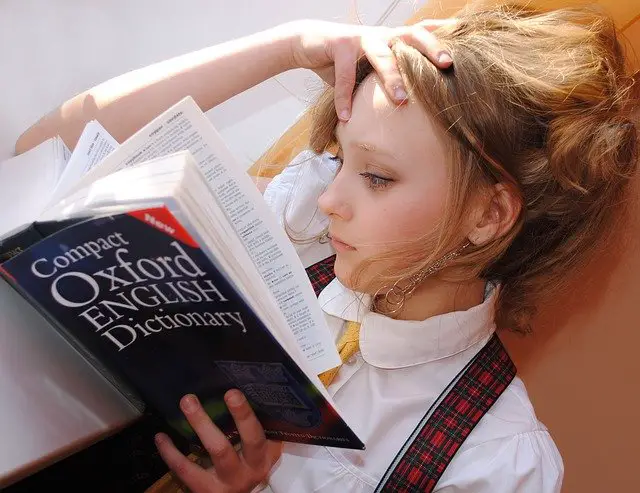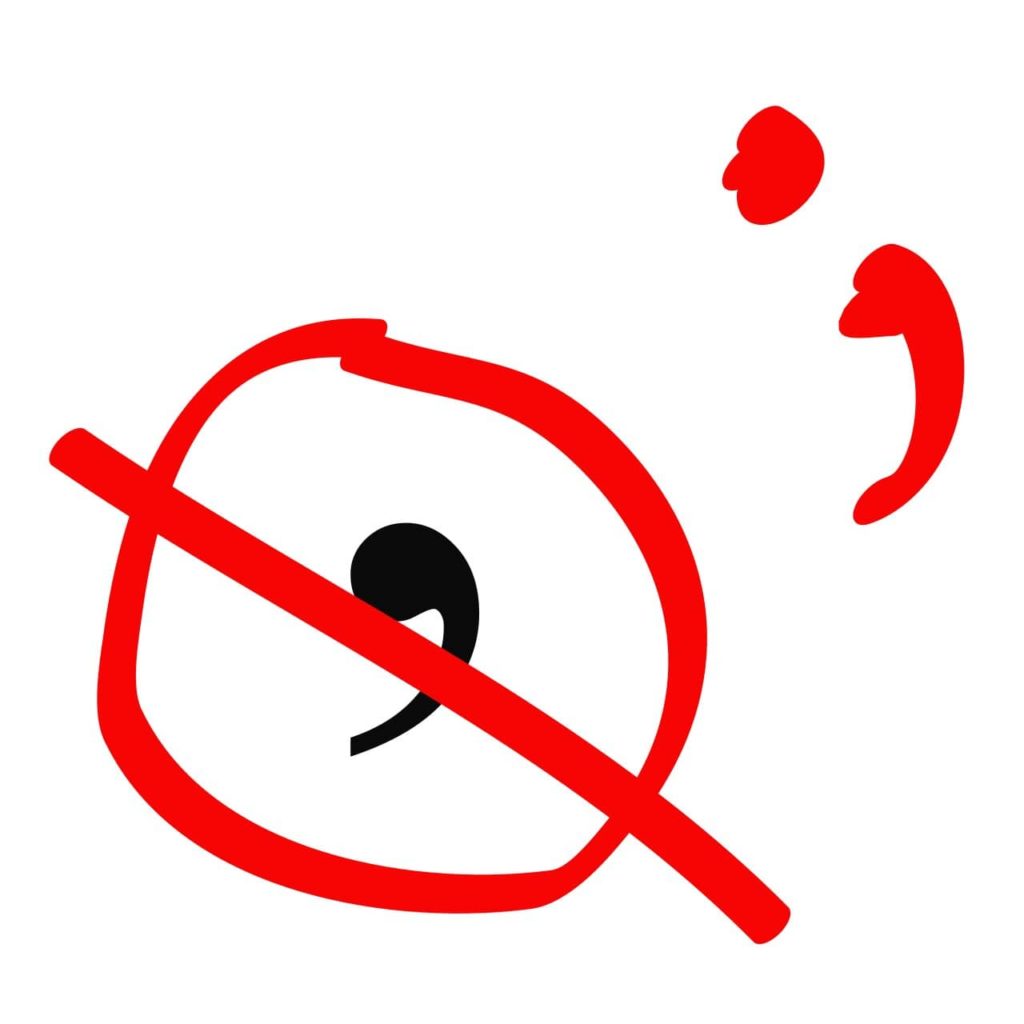A lot of young and upcoming actors are filled with dread and fear when they think about how to act Shakespeare. The complexity of the language and the ancient words present a significant challenge to actors approaching the bard’s works for the first time.
Despite these facts,It’s comforting to remember that Shakespeare himself was an actor in his day and he wrote his plays for fellow actors.
Once you get used to the archaic language and start understanding the basic principles underlying Shakespeare’s works you will realize that acting Shakespeare is not very different from regular acting.
Of Course if you want to master acting in Shakespeare the best route is to study with a professional who specializes in it.
You can, however, get a basic understanding of how to act Shakespeare including how to learn the language, what kind of resources to use, and the format and structure of Shakespeare’s plays in this article.
Understand Shakespeare’s language

The greatest challenge many actors face when it comes to acting Shakespeare is the language. If you haven’t had much experience with the works of Shakespeare the language seems more like a foreign language than old-school English.
The fact is, however, that over 90% of the words that were used in Shakespeare’s works are still being used today. There are, of course, many words in Shakespeare that you will not recognize instantly.
More than 400 years have passed since Shakespeare wrote his amazing collection of plays and there have been significant if not drastic changes in the way we write and speak English today..
Learning to understand this archaic language is one of the keys to success in performing Shakespeare.
Learn how to use punctuation properly

Shakespeare used punctuation to indicate where a thought ends or where to take a breath. He also used it to inform actors how to deliver each line.
.When reading a Shakespere text you should read from punctuation mark to punctuation mark. A common mistake you should avoid is pausing at the end of a line just because there’s a break there.
Note:. Don’t do this unless the punctuation specifically requires you to do so. Instead take the sense of what you’re saying into the next line and you’ll soon discover the correct rhythm of the speech
In Shakespeare the text between punctuation marks represent complete units of thought. Here is how each punctuation mark should be used.
Full stop (.) – Full stops naturally bring the sense and energy of the line to a close.This means you come to a complete stop in your monologue to do a full breath, not a long pause.
A comma usually indicates a slight pause in delivery but this is not always the case. It is used to shed light on a tiny development or shift in the character’s thought process. The context of the line will determine how swiftly you make the shift.
Commas also signal actors to build up rhythmic intensity and emotionally engage in the dialogue or speech. This usually occurs when you see several commas used back to back or evenly spaced within the same line and breaking it into small snappy chunks.
Example from King Lear: – … No, no, no life!
Colon (:) – A colon signals that the next line should sound as if it is responding to the previous line, or moving in a different direction.
Example – “To be, or not to be: that is the question.” – Hamlet Act 3 Scene 1
Look up unfamiliar words.
Shakespeare created and used many of his own words and phrases.In fact, he single handedly added about 1,700 words to the English language by inventing or combining them.
Unfortunately, many of the words used throughout his work are no longer used in the English language that we use today.
One great example is in the opening scenes of Macbeth, you’ll find words like “aroint thee” (begone) and “alarum” (call to arms). If you come across a word that you do not understand, take the time to find out it’s meaning.
An excellent resource that you can use is David Crystal’s Shakespeare’s Words. It’s a glossary specific to Shakespearean language. A regular dictionary can also help you with most definitions.
Another option you have is to read from an annotated text. which helps bridge the gap between Shakespeare’s language and our own.
In these digital texts, explanations are given to help elucidate the meaning of obscure phrases.
You can also find modern versions of Shakespeare’s plays and sonnets where the words are translated into modern english that we use today.
There are a couple of great resources that you can use for free online.
One is No Fear Shakespeare, and the other is called LitCharts.
No Fear Shakespeare is also available in book version.
Note: these modern translations may give only a superficial interpretation of the words and you are better advised to use glossaries instead and to determine the meaning of the text for yourself.
Sometimes, if you look at the context of a word, you can work out its meaning yourself.
Understand contracted words
You can often figure out the meaning of a word from its context.
Contracted words are words in which a letter has been intentionally left out, which affects appearance and pronunciation.
Shakespeare frequently used contracted words in order to fit his meter and rhyme scheme. If you see that apostrophe mark, it almost always means a letter is missing.
So, if you’re having difficulties understanding what a contracted word is, the solution is to use contextual clues in the line or text that the word was used in.
Here are a few that stand out in Shakespeare’s work:
Be’t = be it
Do’t = do it
Know’st = know it
‘Tis = it is
O’er = over
Paraphrase

A simple technique to better understand a Shakespeare work is paraphrasing. This means rewriting the original text in your own words. There are several benefits to paraphrasing.
- It helps you to understand what you have read, especially when the grammar and vocabulary of a writer seem difficult and sophisticated.
- It directs your attention to the tone of the text and its significant details.
- It can help you generate different questions from the paraphrased text, such as when, where and why things happen.
For actors, it’s very common to use their own paraphrased texts in rehearsals and auditions. Here’s an example of what a Shakespeare paraphrase looks like:
Actual text – Macbeth Act 2 Scene 2

“Whence is that knocking?—
How is’t with me, when every noise appals me?
What hands are here! Ha, they pluck out mine eyes.
Will all great Neptune’s ocean wash this blood
Clean from my hand? No, this my hand will rather
The multitudinous seas incarnadine,
Making the green one red.”
Paraphrased:
Where is this knocking coming from?
Why does every noise frighten me?
Whose hands are these plucking out my eyes?
Will the ocean’s water wash the blood from my hands?
No, instead these hands will change the color of the water from green to red.
Writing Form
Prose
Prose sounds more natural in dialogue than verse, and characters will use this when they are speaking casually.
They also use prose when they are in heightened emotional states.
Example: Merchant of Venice Act 3 Scene 1
I am a Jew. Hath not a Jew eyes? Hath not a Jew hands, organs,
dimensions, senses, affections, passions? Fed with
the same food, hurt with the same weapons, subject
o the same diseases, healed by the same means,
warmed and cooled by the same winter and summer as
a Christian is?
Shakespeare’s portrayal of Shylock indicates how overwhelmed he is with emotion at this moment and how his unstoppable thoughts can’t be expressed in neat verse.
It is undeniable that the way a writer chooses to convey something can change how we perceive it.
Most of the low class characters speak in prose while the characters of higher class speak in verse.
However, this doesn’t mean the rule can’t be broken at times. For example, Shakespeare broke this rule throughout his works.
For example in Hamlet, Act 2 Scene 2: Hamlet, who is a prince, gives an emotional speech in prose.
It is easy to identify dialogue or text written in prose as it appears as a block of text and not with the same line breaks that verse entail.
Also, prose is much more suited for recitations because of the music and rhythm it contains which are not present in verse.
Poetry/Verse
Blank verse was the most prominent genre Shakespeare used in writing his plays, that’s for sure.
Typically, it is written in lines of ten syllables.
It has no rhyme but there is a rhythm to each line which follows the same pattern.
Shakespeare predominantly used the iambic pentameter pattern, which has a stressed and unstressed syllable structure.
The stress naturally lands on the even-numbered syllables
Every poem has a rhythm, and in some poems it’s super clear when the rhyme scheme works and when it doesn’t.
Unlike prose, verse doesn’t go to the edge of the page. Instead, there is a “hard return” after every rhyme word, so that it appears as a column that does not fill the whole page.
Furthermore, the first letter of every line is capitalized without regard to typical rules of capitalization.
This is because of the 10 syllables to a line structure.
Shakespeare also used rhymed verse in his plays.
This rhyming pattern is often seen in the form of couplets at the end of two consecutive lines.
The rhyming pattern of rhyming couplets is typically represented by aa bb cc etc…
The letters a,b, and, c refer to the rhyming sound of the last word in a line of verse.
Another rhyming pattern that is even more complex is represented by ab ab cc.
‘Love looks not with the eyes, but with the mind,
Example: aa bb cc rhyme pattern – A midsummer night’s dream act 1 scene 1
Love looks not with the eyes, but with the mind; (“a” rhyme)
And therefore is winged Cupid painted blind. (“a” rhyme)
Nor hath Love’s mind of any judgment taste; (“b” rhyme)
Wings, and no eyes, figure unheedy haste: (“b” rhyme)
And therefore is Love said to be a child, (“c” rhyme)
Because in choice he is so oft beguiled. (“c” rhyme)
Iambic pentameter in Shakespeare
More and more people are discovering the importance of understanding and identifying iambic pentameter in order to better understand Shakespeare. It’s not an easy task, but there are a few tricks that can help you with it.
Iamb: In a line of poetry, an ‘iamb’ is a foot or beat consisting of an unstressed syllable followed by a stressed syllable.
Or another way to think of it is a short syllable followed by a long syllable. For example, deLIGHT, the SUN, forLORN, one DAY, reLEASE.
Meter: the particular rhythm of a poetic line.
Pentameter: ‘Penta’ means five, so pentameter simply means five meters.
A line of poetry written in iambic pentameter has five feet = five sets of stressed syllables and unstressed syllables.
iambic pentameter: is a line of writing that consists of ten syllables in a specific pattern of an unstressed syllable followed by a stressed syllable.
It can also be a Iamb
Poetry written in iambic pentameter typically have a de-DUM de-DUM de-DUM pattern similar to a heartbeat.
Example: the first sentence of Shakespeare’s sonnet 18.
Shall I | compARE | thee TO | a SUM | mers DAY?
da DUM | da DUM | da DUM | da DUM | da DUM
Literary techniques used by Shakespeare

When Shakespeare was alive, theater was very basic. This meant the importance of painting images and creating vivid pictures with clever use of words. Theater has evolved a lot since then.
Shakespeare used various literary techniques in his plays, but he was known to employ the five techniques listed below:
1. Alliteration – is when a number of words that start with the same consonant letter sound is used, for the purpose usually of creating an effect.
Eg. – From forth the fatal loins of these two foes — prologue from Romeo and Juliet. Here Shakespeare uses alliteration in the “f” sound.
2. Antithesis – two opposing ideas that are played off each other.
Eg. – ‘Not that I loved Caesar less, but that I loved Rome more’ – Julius Caesar, Act III, Scene II
3. Assonance – is the repetition of vowel sounds in closely connected words.
Eg. – ‘Of princes, shall outlive this powerful rhyme; But you shall shine more bright in these contents’ — Sonnet 55
There are two examples of assonance in this sonnet excerpt.
The first is the short “i” sound in “princes” and “outlive” and the second is the long “i” sound in “shine” and “bright.”
4. Metaphor – Metaphors are a powerful literary device that can make a story or message more relatable to readers.
Eg. – ‘it is the east and Juliet is the sun’ – Romeo and Juliet, Act II, Scene II
5. Onomatopoeia – where the word sounds like the thing it is referring to.
Eg. – gash’d, bubble, mew’d, croak, hiss, thud.
6. Oxymoron – a phrase containing incongruous or contradictory words.
Eg. – parting is such sweet sorrow – Romeo and Juliet, Act II, Scene II
Use the first Shakespeare folio

The First Folio is the most important printed collection of Shakespeare’s plays. The publication that changed the world of literature. It was the first time all his plays were gathered in one place, and was the first to include a full list of his dramatic works.
It was printed seven years after his death in 1623.
Its title is Mr. William Shakespeare’s Comedies, Histories & Tragedies, and it divides his plays into comedy, history, and tragedy categories.
Many editors have made changes in Shakespeare’s text since then. They removed punctuation and modernized language to make the book more accessible to a larger audience.
As a result, there are now many different versions of Shakespeare that have been published in modern printed editions. These updated versions include many new directions and performance clues that were not present in the original folio.
In the first folio, Shakespeare used different spellings for words and punctuation in different contexts according to how he wanted actors to speak their lines.
In order to get the best performance, he would use these tactics such as emphasizing certain words or demanding they be said in a particular way.
The first folio is full of visual aids for actors including::
- capitalized words other than proper names
- frequent use of specific consonants, words and phrases
- vowels added to words
- changes in spelling
- punctuation was more for acting than reading, and more
Actors are tasked with bringing a new interpretation of an old story to life. As evidenced by these clues, along with others related to writing form, sentence structure, and punctuation, their creativity is empowered and in full force.
Actors who have learned to look for and use the clues in a First Folio text have a unique opportunity to make fresh and exciting choices for their characters.
This makes the performance more entertaining and interesting for the production team, the acting company, and most importantly for the audience.
The performance is made more entertaining and interesting for the production team and the audience.
Check out “ MIT’s Shakespeare Electronic Archive “ , It is an excellent source for looking at the First Folio, as well as quartos and other folio editions.
Conclusion
Shakespeare is the most famous writer in history. His plays are still studied, read, and acted out today.
Shakespeare’s work suffered from censorship for over 400 years. The plays contain both intriguing subjects and great explorations of human character.
In order to more fully understand his writings, one needs to become more acquainted with them and not worry about not understanding pieces of them.
Leave a comment with your opinion or any questions you may have below…


